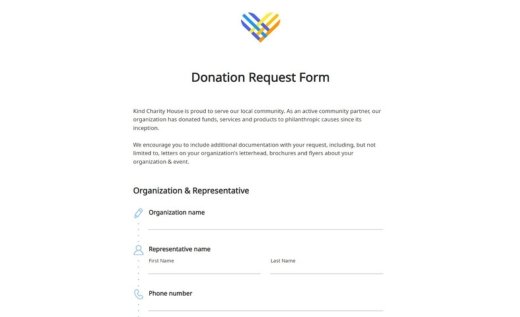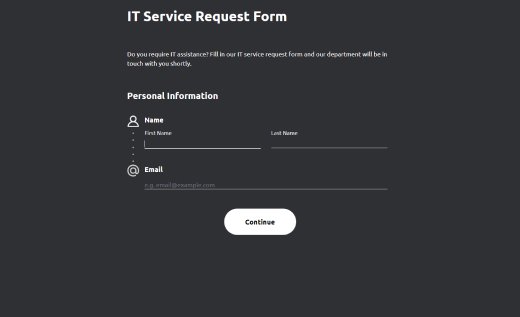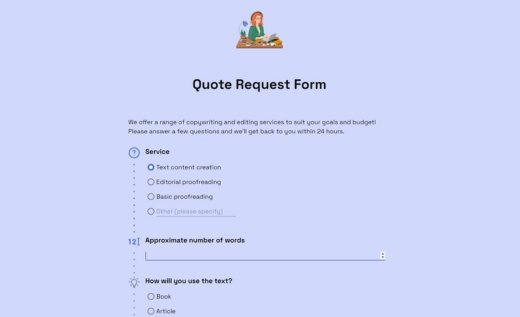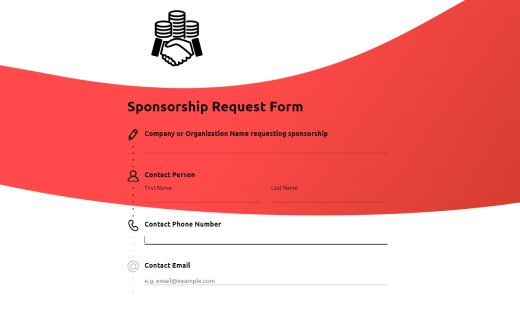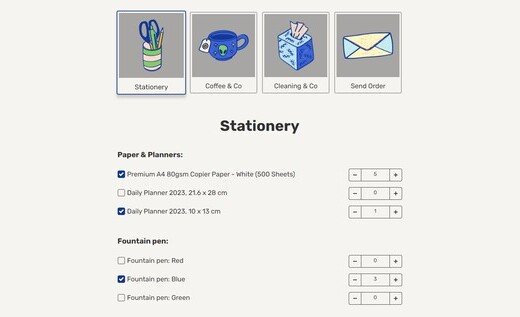Request Form Templates
From vendors to team members, there is no limit to the various ways that requests are submitted on a daily basis. If you are needing to build a user-friendly process by which to quickly collect quality requests from a variety of sources, check out AidaForm’s collection of pre-built and fully-customizable request forms and templates. With no coding or programming required, AidaForm request forms can be quickly built and launched to begin collecting customer, employee, and vendor requests with the data you need to make informed decisions.
AidaForm’s online request forms offer full integration with many leading business data tools such as Google Sheets, Slack, Mailchimp, and more, you will gain the ability to collect and respond to user requests with ease across your enterprise. Receiving and utilizing the data you collect through AidaForm is as easy as creating a form and publishing it live online.
How to Customize AidaForm’s Request Form Template
How to Make Better Request Forms
Having a great request form is only part of the equation to collecting valuable and informative data that help your organization move forward in serving customers and growing business. Take a look at some of our top tips for building better request forms:
Build Your Request Form With Only Necessary Fields & Offer Help In Completion
If you want to guarantee more user interaction with your request fields, make sure that you only include the absolutely-necessary content on the form itself. Avoid irrelevant data collection or frivolous content that acts as filler for the form. Also consider utilizing placeholders! By utilizing placeholder text in the form, you can ensure that users have an idea as to how they are to respond to the questions in each field. This can help a great deal in preventing miscommunication and incorrect data that your team will have to analyze later - which will cost you time and valuable response data. A request form that is easy on the eyes and includes the lowest number of required fields will encourage users to complete the form in its entirety in a much quicker fashion.
Stay Away From Open-Text Answer Fields
Here’s a key truth: The last thing a form user wants to do is write a letter to the form recipient! To encourage users to include their information in request forms, avoid building your form template with too many (or any) open-text fields. Instead, use conditional logic to build your form with smart answers that guide users through a set number of ready-made answers in either multiple-choice formats or checklists. The more specific you can keep your answer possibilities, the easier it will be for users to quickly complete the form and keep data collection easy on your team!
Keep Your Request Form Mobile-Friendly!
More than ever users are completing online forms on their handheld devices. Keep your form users happy by building your form with a mobile-first mindset. By creating your design with a smaller screen size in mind, you can help users navigate your form with ease on any device they are using. This mindset will also help you build request forms that are shorter and easier to complete with a thumb or single finger.
